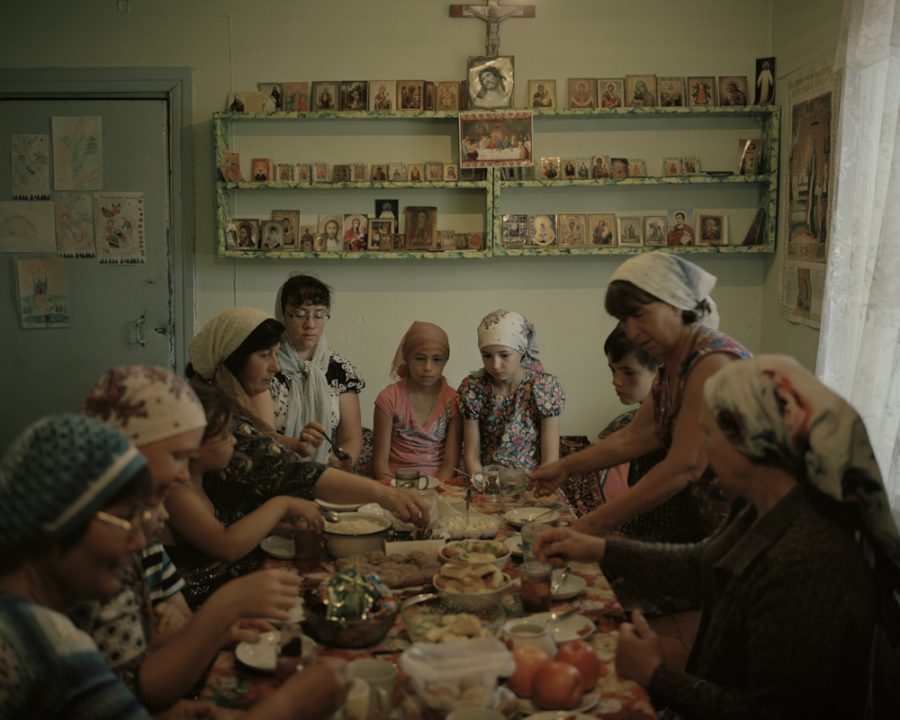The River Between
Emile Ducke
2016 – 2020 — Siberia, Russia
About this series
Once a vast prison ground for political exiles, the banks of the Ket River in western Siberia are now home to a string of solitary settlements whose residents find freedom in the river’s stark isolation.
At a remote riverside weather station, two families had recently made their home, exchanging urban comforts for the liberty of a life in the wild, away from the world.
Further upriver, Old Believers, dissenters from the Russian Orthodox Church, had put down their roots. Persecuted in both Tsarist and Soviet times, the community scattered across the country, settling in its most secluded corners. The Ket River’s isolation, for them, meant protection.
The river was not always so cut off. After a canal was built in the 19th century, the Ket linked two of Russia’s biggest river basins, the Ob and Yenisey, and the commercial and industrial hubs along their shores. For a time, the small and serpentine Ket was a crucial transport corridor. But when the Trans-Siberian railway launched, west-to-east traffic on the Ket River – the farmers and traders and Tsarist troops – began to dwindle. Fewer and fewer travelers needed the Ket.
For some, this offered the promise of personal freedom. Historically, though, Ket‘s isolated location made it perfect grounds for a prison, one that relied more on endless miles of emptiness than on walls or barbed wire. Hundreds of thousands were deported to the area by Joseph Stalin, himself once its prisoner in pre-revolutionary times. After the deportations were stopped, many chose to leave. Many others chose to stay.
At the logging settlement of Katayga, worshippers met for mass. In the absence of a priest, who did not make the six hour journey by river and road to Katayga that day, mass was led by Marina Prosukina. The religious duties she performed are normally reserved exclusively for men. But such strict rules could not withstand the remoteness of Ket. And so, along the river, another kind of freedom was formed.
Photographer: Emile Ducke
Nationality: German
Based in: Moscow, Russia
Website: emileducke.de
Instagram: @emileducke
Emile Ducke is a German documentary photographer based in Moscow, Russia. A regular contributor to The New York Times, he has documented the effects of melting permafrost above the Arctic circle, probed the legacy of Stalin’s forced labour camps in the Russian Far East, and captured scenes of traditional life in Chechnya. In longer-term projects, he has focused on the challenges faced by communities in some of Russia’s most remote areas, with photo-essays published by the Washington Post, National Geographic and Der Spiegel, among others. He has been selected a World Press Photo 6×6 visual storyteller, named one of PDN’s 30 emerging photographers to watch, and awarded the Leica Oskar Barnack Newcomer Award.











